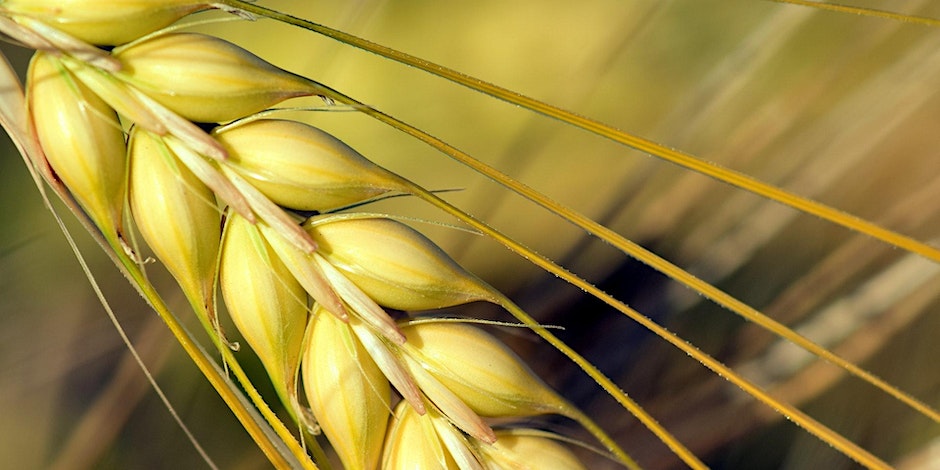Summary:
One way to fulfill our biotechnological objectives in crops is through the manipulation of transcriptional regulation. Despite recent advances, challenges remain in accurately localizing transcriptional regulatory sequences and fully comprehend their mechanisms of action. Our objective is to reliably annotate and characterize promoters and enhancers, making this information widely accessible to the barley research community.
This goal requires the use of a variety of molecular techniques and the integration of resulting genome-wide datasets. In our study, we focused on regulatory elements active in the developing and germinating embryo and the inflorescence, employing methods such as trapping capped RNA (CAGE), open chromatin assays (ATAC-seq), histone modification immunoprecipitation (ChIP-seq), and chromatin conformation capture (HiChIP), among others. These approaches enabled us to locate and decipher the functions of both promoters and distal regulatory elements. The collection of data is followed by intricate bioinformatic analyses, which simplify complex results, facilitating further functional validation in barley.
Speaker bios:
Hana Šimková completed her master studies at the Mendel University in Brno, Czechoslovakia, followed by a PhD in Genetics at the Czech Academy of Sciences. She started as a postdoctoral fellow at the Institute of Experimental Botany in Olomouc where she works to this day, as group leader since 2017. Since 2006, Hana was additionally appointed Lecturer at the Palacky University in Olomouc. Most of Hana’s scientific career has been connected with the laboratory of Prof. Jaroslav Doležel – one of the pioneers of plant flow cytometry and the founder of chromosomal genomics. This directed Hana’s early research to the development of applications for flow sorted chromosomes and the generation of chromosomal resources, utilized in genome sequencing and gene cloning projects in cereals. Hana‘s contribution to the assemblies of complex genomes was also connected with the technology of optical mapping. Her current interests include studies of 3D chromatin organization and identification of cis-regulatory elements in the barley genome.
Pavla Navratilova obtained her diploma in Molecular Biology and Genetics, subsequently relocating to Bergen, Norway, to engage in a PhD project. Her research focused on the mechanisms and evolution of transcriptional regulation and genome organization in zebrafish, employing this species as a vertebrate model. During her postdoc, she continued her work in Norway, shifting her attention to the study of gene regulation and epigenetics in chordates with the smallest, but complex animal genome. Upon her return to the Czech Republic, she joined the Centre for Plant Structural and Functional Genomics at the IEB in Olomouc. Here, she made a transition to plant genomics, concentrating primarily on barley as a model crop. Her principal area of interest lies in the mechanics and genomic organization of sequences — especially gene promoters and enhancers — that are crucial for transcriptional regulation.


